 Have you ever wondered how some people seem to have energy throughout the day and manage to work out after they get off work? What’s their secret and how can you steal it?
Have you ever wondered how some people seem to have energy throughout the day and manage to work out after they get off work? What’s their secret and how can you steal it?
It’s no secret; you’ll have more energy for physical activity if you are properly fueled and that starts with the most important meal of the day – breakfast.
To get from point “A” to “B” you need to fuel your car with gas or you won’t reach your destination; but if you haven’t checked the oil in a while the engine is going to have issues and your car will be in serious trouble. We put more thought into maintaining our vehicles then we do for caring for ourselves. Think of the food and water you consume as gasoline and oil. If you choose low quality foods and fail to drink enough fluids your performance will be compromised, you’ll become dehydrated, and won’t have any energy.
If you wait until lunch to have your first meal you’re more likely to make poor food choices and cave into eating whatever is most readily available simply because you’re too hungry to make a better choice. If you start your day off with a healthy breakfast you’ll be more likely to make other healthy choices. One good decision will lead to more good choices. You’ll be more likely to pass on tempting leftovers in the break room and instead choose to have a healthy lunch. The bonus is you’ll be able to work out because you’ll have the energy.
Lack of time, choices, and simply not feeling hungry are the common reasons why we skip breakfast. Planning ahead and having some quick no-fuss options in the kitchen or at your desk will save you time. Keep dry cereal, whole wheat bagels, a nut butter, or instant oatmeal on hand. If you still cannot manage eating a whole meal in the morning start with something small like a banana. Stay on track with your eating throughout the day.
See for yourself how eating breakfast can affect your energy level and increase your daily activity and let us know using #NIFS150 and #MoveMore.


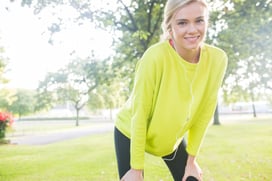 Sunshine and summertime is heading our way. With the weather temperatures rising and sunshine beaming down it’s easy to overlook the damaging effects too much sun can have on our health. You should worry about your sun exposure all year long, not just in the summer months. Be proactive in your sun protection as the weather warms up and you and your family start spending more time outdoors. Overlooking the importance of protecting healthy skin can have devastating and lasting effects on not only one’s appearance, but also overall health. Treat your skin with the care it deserves and stay safe from burns, blisters, and over-exposure with these five simple tips for
Sunshine and summertime is heading our way. With the weather temperatures rising and sunshine beaming down it’s easy to overlook the damaging effects too much sun can have on our health. You should worry about your sun exposure all year long, not just in the summer months. Be proactive in your sun protection as the weather warms up and you and your family start spending more time outdoors. Overlooking the importance of protecting healthy skin can have devastating and lasting effects on not only one’s appearance, but also overall health. Treat your skin with the care it deserves and stay safe from burns, blisters, and over-exposure with these five simple tips for 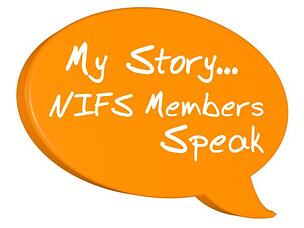 Tami is a determined woman. She began as a secret exerciser doing her own thing. She is now a bold woman with confidence willing to try everything she can. She actively recruits co-workers to join her for exercise sessions at the onsite corporate fitness center in their workplace and is always game to try new exercises. It has been fantastic to be able to get to know Tami during the past few years.
Tami is a determined woman. She began as a secret exerciser doing her own thing. She is now a bold woman with confidence willing to try everything she can. She actively recruits co-workers to join her for exercise sessions at the onsite corporate fitness center in their workplace and is always game to try new exercises. It has been fantastic to be able to get to know Tami during the past few years. My exercise routine started out by playing the activity games, step aerobics, yoga, stretching, “running”/jumping in place, etc. for approximately 5 days a week for 45 minutes or more. I also had access to a gym, which after a month or so of the Wii, was my next mode of exercise. I would wake up at 3:50 in the morning in order to make it to the gym, make it back home in time to wake my daughter up for school, and get to work by 7:30 am. It was hard at first, but the weight was starting to really come off and I loved seeing the results and feeling good. By April, I was jogging on the treadmill with a 12 minute mile. Wow! I couldn’t believe I was “running”! At that point I was hooked….I loved running!
My exercise routine started out by playing the activity games, step aerobics, yoga, stretching, “running”/jumping in place, etc. for approximately 5 days a week for 45 minutes or more. I also had access to a gym, which after a month or so of the Wii, was my next mode of exercise. I would wake up at 3:50 in the morning in order to make it to the gym, make it back home in time to wake my daughter up for school, and get to work by 7:30 am. It was hard at first, but the weight was starting to really come off and I loved seeing the results and feeling good. By April, I was jogging on the treadmill with a 12 minute mile. Wow! I couldn’t believe I was “running”! At that point I was hooked….I loved running! In your 20’s:
In your 20’s:


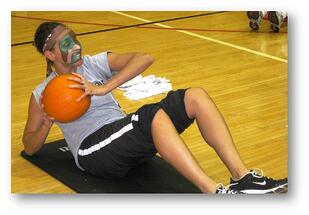 There are endless exercises that can be performed with the pumpkin. Start by thinking of go-to exercises that you would incorporate into one of your group fitness classes (pushups, squats, lunges, etc.). Now, think about how a “weight” or pumpkin can be added. For example, hold the pumpkin at your chest while performing a squat, put one hand on the pumpkin for an added challenge during a set of pushups, or push the pumpkin overhead after performing a lunge. Structure your workout so every major muscle group is targeted by the end. Also, throw in some cardio bursts, such as running with the pumpkin, bear crawling while rolling the pumpkin along at your side, or performing mountain climbers with your hands grasping the pumpkin. Add some core exercises as well (planks with a pumpkin roll, Russian twists, sit-up with a press, single leg v-ups). Think about the amount of space that you have and plan accordingly.
There are endless exercises that can be performed with the pumpkin. Start by thinking of go-to exercises that you would incorporate into one of your group fitness classes (pushups, squats, lunges, etc.). Now, think about how a “weight” or pumpkin can be added. For example, hold the pumpkin at your chest while performing a squat, put one hand on the pumpkin for an added challenge during a set of pushups, or push the pumpkin overhead after performing a lunge. Structure your workout so every major muscle group is targeted by the end. Also, throw in some cardio bursts, such as running with the pumpkin, bear crawling while rolling the pumpkin along at your side, or performing mountain climbers with your hands grasping the pumpkin. Add some core exercises as well (planks with a pumpkin roll, Russian twists, sit-up with a press, single leg v-ups). Think about the amount of space that you have and plan accordingly.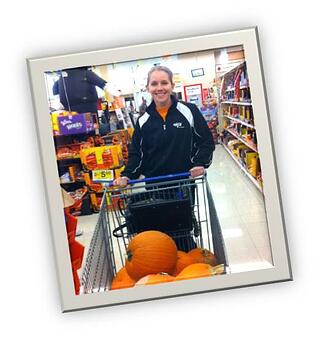 So, now you’ve secured participants and planned the exercises; don’t forget about one of the most important parts – pumpkin preparation! In the past, we’ve purchased our pumpkins a few different ways. A visit to the local supermarket allowed us to hand-pick the pumpkins sizes, but you’ll need some muscle power and a large car. We’ve also gotten our pumpkins from a distributor – this proved to require less hassle as the pumpkins were delivered right to our door, but also resulted in less variety in sizes.
So, now you’ve secured participants and planned the exercises; don’t forget about one of the most important parts – pumpkin preparation! In the past, we’ve purchased our pumpkins a few different ways. A visit to the local supermarket allowed us to hand-pick the pumpkins sizes, but you’ll need some muscle power and a large car. We’ve also gotten our pumpkins from a distributor – this proved to require less hassle as the pumpkins were delivered right to our door, but also resulted in less variety in sizes.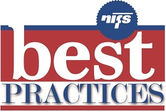
 There is more to maintaining your weight over the year-end holiday season than simply weighing in before Thanksgiving and weighing out after New Year’s Day. Still, before we go off the deep end with ridiculous claims about holiday or year-end weight gain, let’s get the facts. Despite common claims that traditional holiday weight gain is seven pounds or more, the research shows that people typically only gain one to two pounds during the holidays. The problem with that minimal gain is that
There is more to maintaining your weight over the year-end holiday season than simply weighing in before Thanksgiving and weighing out after New Year’s Day. Still, before we go off the deep end with ridiculous claims about holiday or year-end weight gain, let’s get the facts. Despite common claims that traditional holiday weight gain is seven pounds or more, the research shows that people typically only gain one to two pounds during the holidays. The problem with that minimal gain is that 
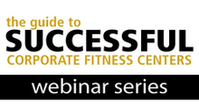
 This recent
This recent 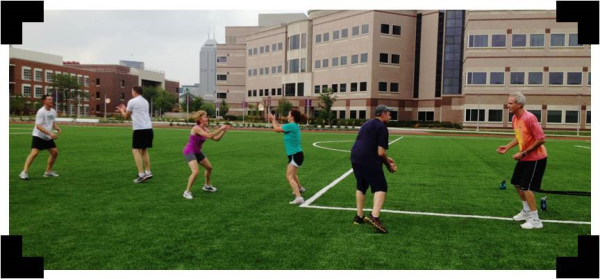

 Duck, Duck, Goose – add a twist to the old school game, have participants hold a plank or perform sit-ups while one individual walks around deciding who will be goose.
Duck, Duck, Goose – add a twist to the old school game, have participants hold a plank or perform sit-ups while one individual walks around deciding who will be goose. What does work?
What does work?